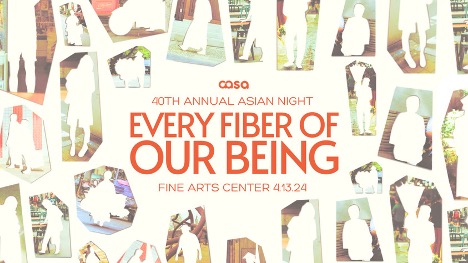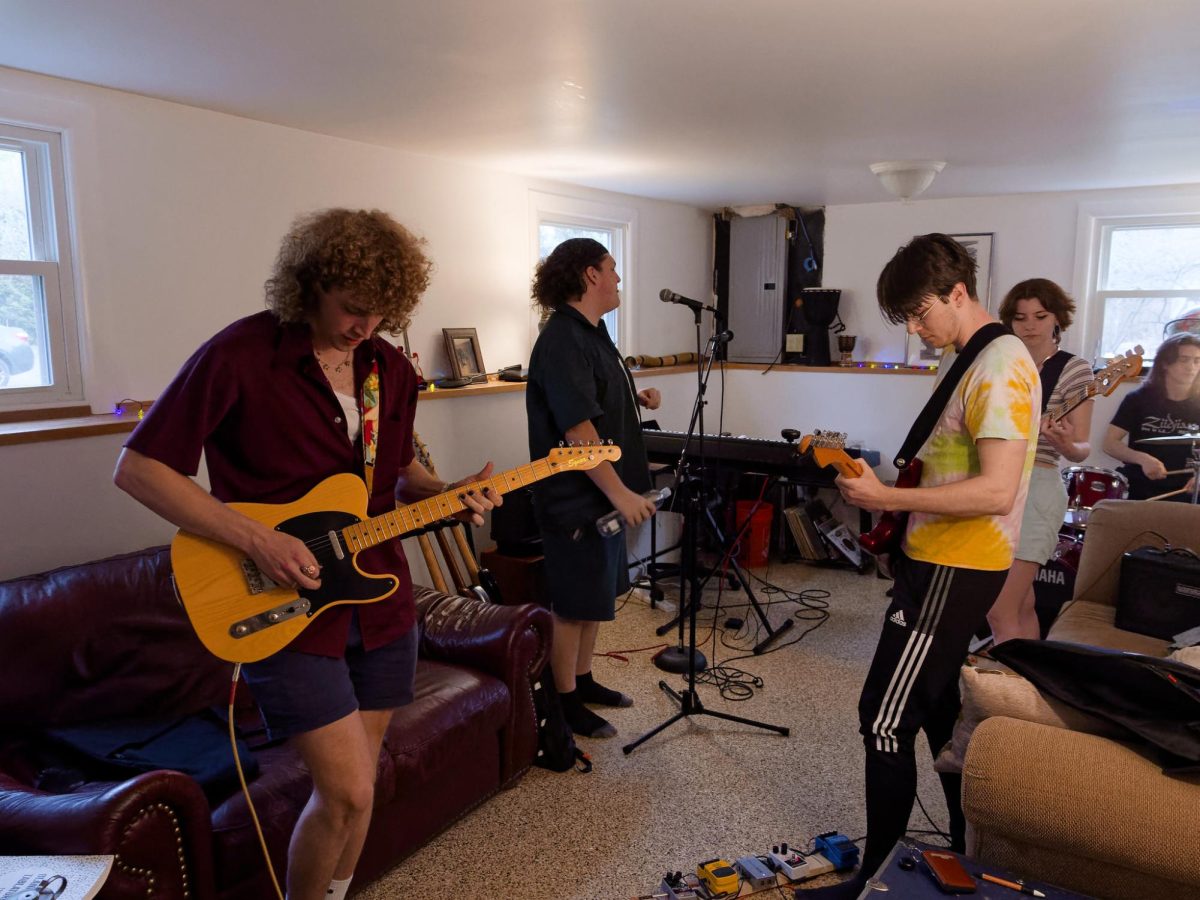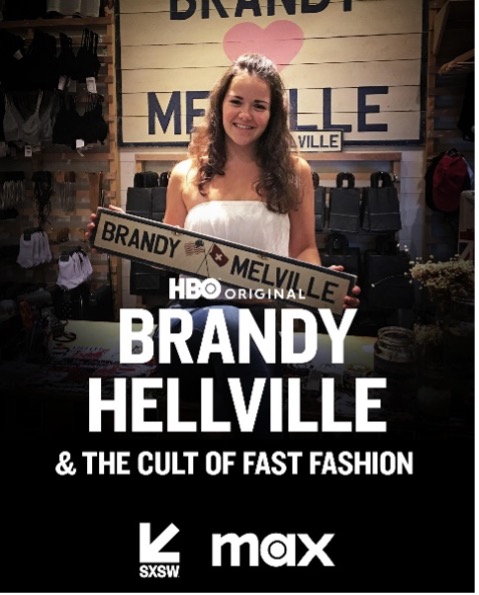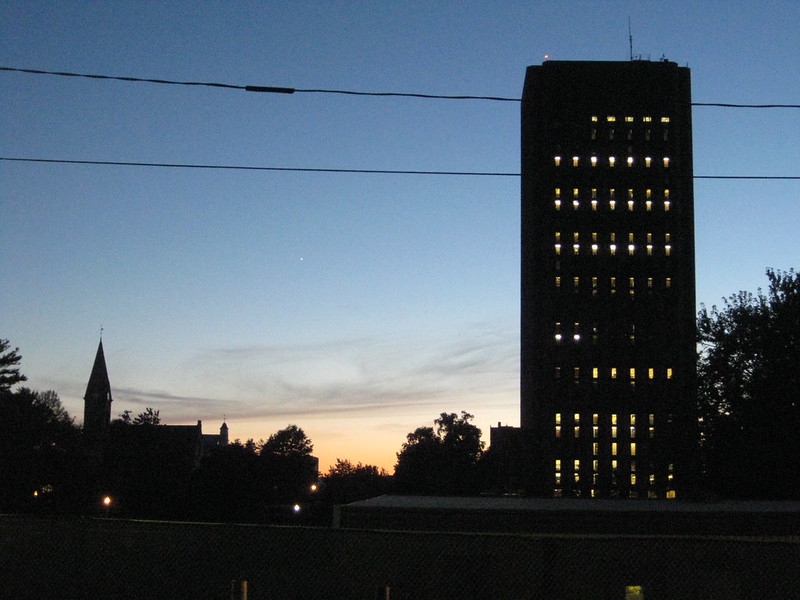The most gruesomely vivid, elegantly made horror movie in recent memory opened with little fanfare on Dec. 25, 2005, in approximately 1,500 theaters nationwide. Titled “Wolf Creek,” it’s a low-budget shocker from “The Texas Chain Saw Massacre” old school, about three carefree twentysomethings whose hiking trip goes terribly awry after they are kidnapped by a maniacal serial killer in the Aussie outback. As is often the case with horror pictures, it was greeted by many critics like a Christmas present wrapped in soiled tissue paper. (Sample review, from Roger Ebert: “There is a role for violence in film, but what the hell is the purpose of this sadistic celebration of pain and cruelty?”) The fact that the movie announced the arrival of an immensely gifted new director named Greg McLean – whose patience, control and ability to play the audience like a very cheap fiddle would have done Alfred Hitchcock proud – seemed lost on most adult moviegoers. An isolated case of a terrific B movie falling under the radar? Not exactly. Because the very same thing happened a few weeks later with Eli Roth’s “Hostel” – a viciously entertaining exploitation thriller, about American college students who find themselves trapped in an Eastern European slaughterhouse where rich businessmen pay to torture hapless victims. The movie creepily captured the experience of being a clueless American in a foreign country that pays you very little heed. (It also showed us what it might look like to have your eyeball slowly pulled out of its socket with pliers.) Once again, the reviewers turned up their noses. (“(‘Hostel’) willfully takes us someplace cruel – and deeply unfunny,” wrote The Denver Post.) And again and again … with “Final Destination 3,” the technically dazzling third installment in the teenagers-who-can’t-outrun-Death franchise, and with Alexandre Aja’s “The Hills Have Eyes,” the unrelentingly menacing and bloody remake of the Wes Craven cult classic. Needless to say, neither of these films (both of which are currently still in theaters) will be in the running for next year’s Best Picture Oscar. Except there’s another story here: namely, that these movies aren’t slipping under the radar and disappearing straight to video. Instead, the largely teenage and college-age audiences who flood the multiplexes on Friday nights have turned them all into modest hits. In the case of “Hostel,” which opened to $19.6 million and went on to gross $47.3 million, it might just end up being the most profitable movie of 2006. (That film arrives on DVD April 18, a week after “Wolf Creek.”) “In the box-office slump of the last year, these movies are the only movies that audiences are responding to,” says “Hostel” director Roth. “Both ‘Saw II’ and ‘Hostel’ were made for $4 million, and they’re beating movies that cost $200 million dollars.” Are the critics simply out of touch? Well, yes. Because if you can’t recognize the often-astonishing level of craft on display in these films, then you’re watching them with your eyes closed. But the teenagers are getting it – and embracing perhaps the only movies around that dare to speak to larger social concerns and anxieties, especially about the often-faceless, unfathomably evil villains we must contend with in the aftermath of Sept. 11. “Hostel,” “Final Destination 3,” “Wolf Creek” and “The Hills Have Eyes” are hardly uplifting, redemptive horror stories, where the hero wages battle with a bad guy and emerges a better, stronger man. Nor do these movies offer any of the self-reflexive irony-soaked fun of films like “Scream” from the 1990s or the spook-house pleasures of the Asian-influenced horror movies like “The Ring” from earlier in this decade. What has emerged, instead, is a modern strain of horror that takes us straight back to the politically conscious, deeply despairing 1970s classics like “The Last House on the Left,” “The Texas Chain Saw Massacre,” and the original “Hills Have Eyes.” The often hopeless message of these movies is, “Your life may seem perfect right now, but the other shoe is about to drop, at which point there will be no one around to save you.” And it’s a message that seems scarily appropriate for a generation of teens and twentysomethings who were mostly raised in privilege but whose lives have had a pall cast over them – first by the omnipresent threat of terrorist attacks and now by an ongoing war in Iraq. “In retrospect, it’s usually pretty easy to look at horror movies and see the influences of the time,” says Wes Craven, the director of “Scream” and “A Nightmare on Elm Street,” who also produced “The Hills Have Eyes” remake. “And I think right now, with the post-9-11 world and Iraq, creative people are almost being goaded to look at things in the strongest way possible. If you look at the Academy Awards (movies), those are films about real issues. I think everybody is saying, ‘We have to talk about the nitty-gritty stuff here.’ It’s not the time for confections.” But it’s precisely that helplessness that feels very much of the moment, especially for a generation growing increasingly disillusioned with its political leadership and facing the prospect of having to fight a war against an ever-changing enemy in a hostile and alien country. These are the same themes that horror movies explored in the 1970s. The original “Texas Chain Saw Massacre,” directed by Tobe Hooper, offered up a Vietnam-era metaphor of college-age kids traveling through a rural “jungle” where they encounter one deadly enemy after another, while Craven’s 1977 “The Hills Have Eyes” gave us a paranoid, post-Watergate vision of an American government that has covered up its most deadly secrets. (The villains in “Hills,” both the original and the remake, were victims of American nuclear testing in the 1950s.) It’s little wonder that both of these movies should be remade for a similarly anxious and uncertain era – or that films like “Wolf Creek” and “The Devil’s Rejects” should owe them a very considerable debt. Indeed, there’s an exacting solemnity to the bloodshed in something like “The Hills Have Eyes” that’s a far cry from the cheerful splatterific fantasies of Brian De Palma (“Carrie,” “Body Double”), or even the lusciously aestheticized violence proffered by Quentin Tarantino’s “Kill Bill” or Robert Rodriguez’s “Sin City.” When a woman’s spine is cracked in half during the most horrifying moment of “Wolf Creek,” the camera stays so close to the victim’s face, and the sound effect sounds so chillingly real, that the only possible reaction is stunned silence. And that very gruesomeness – says Craven – is another of the ways these movies are speaking to young audiences and reflecting their real-world worries. “The war in Iraq is a very violent, scary war, and it’s a war not being fought by an army on one side,” he says. “I’m sure the average kid who watches these kinds of movies has seen on the Internet someone getting his head sawed off with a kitchen knife by the enemy.”






